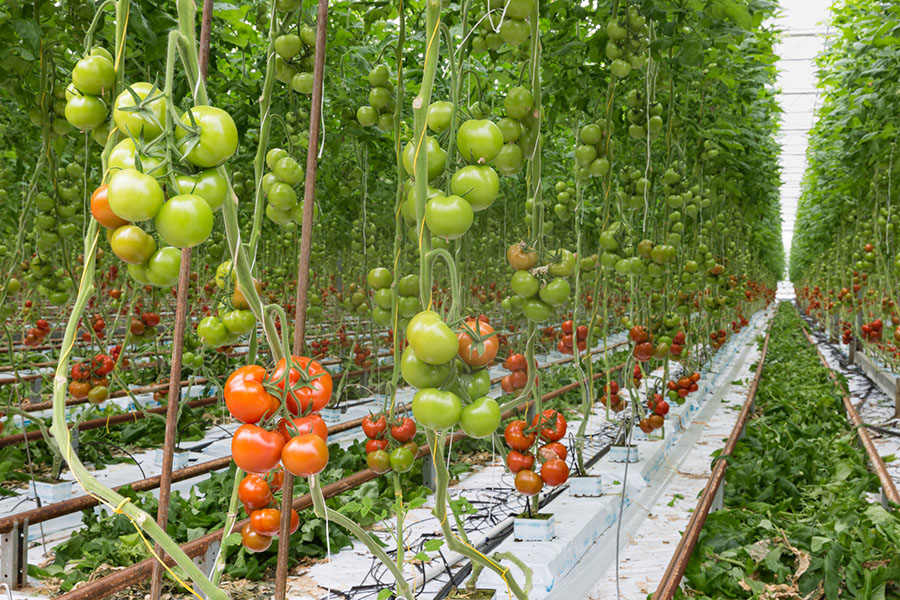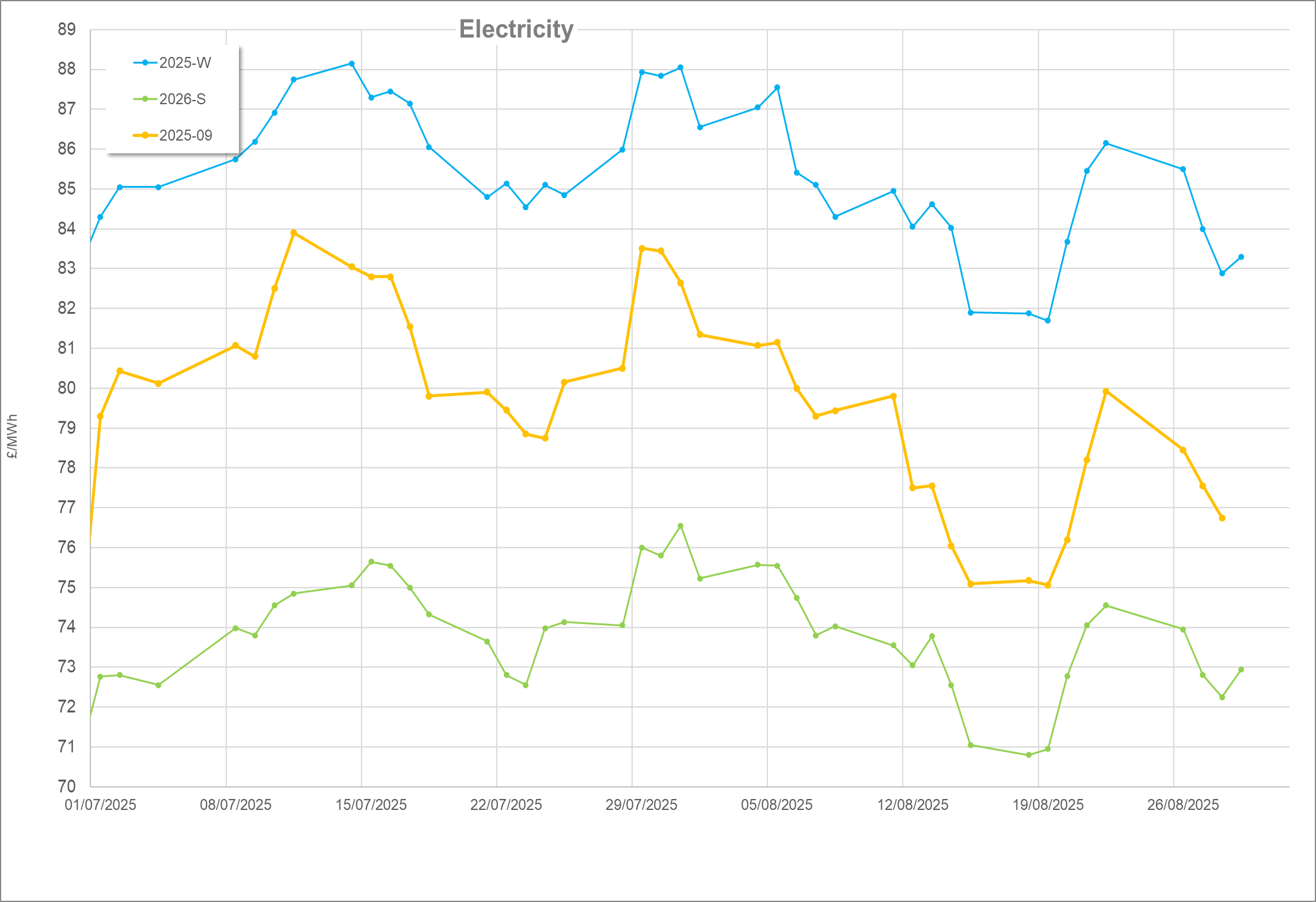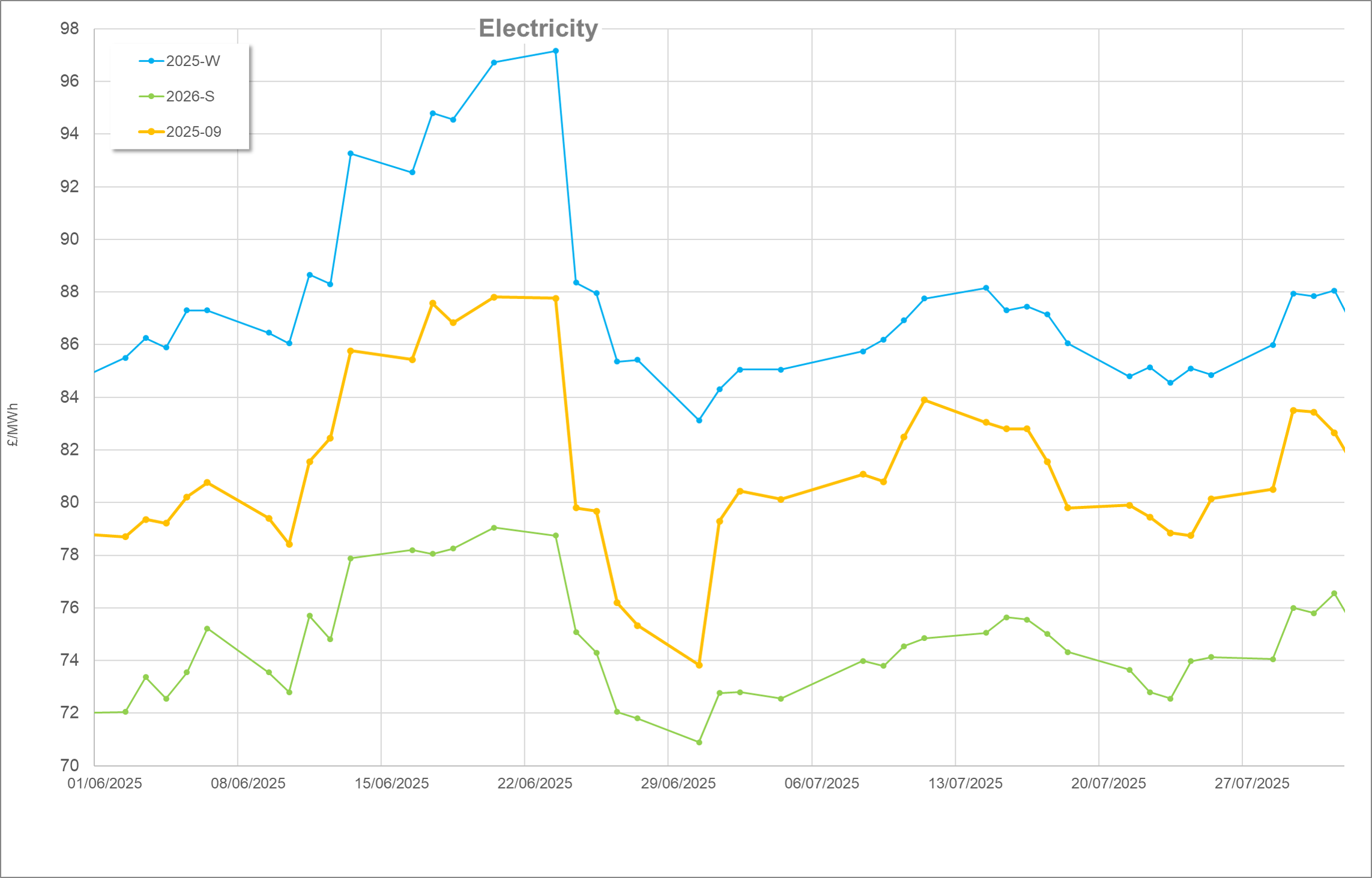Introduction
Although carbon emissions calculations are, in principle, simple to do, requiring only quantitative activity data and an appropriate emissions factor, carbon reporting very quickly becomes complex.
To simplify the process, there are a plethora of online calculators designed to deliver a quick and easy answer to the question “what are my carbon emissions?”. Unfortunately, that question does not have a straightforward answer.
Activity data are quantitative measures of how much an activity is done, such as litres of fuel used, kWh electricity consumed, etc. Emissions factors are figures which convert activity data into carbon equivalent emissions.
In a previous Growsave article, the topic of carbon calculators and their application was discussed. Here, the topic is expended upon, and outcomes from a DEFRA-funded study on carbon calculator harmonisation are discussed.
Calculator Harmonisation
It is no secret that using different carbon calculator tools for the same operation often leads to different results. Running from November 2021 to June 2023, a Defra-funded project on ‘Harmonisation of Carbon Accounting Tools for Agriculture’ was undertaken. The purpose of the project was “to quantify the level of divergence in calculation of farm-level emissions between a selection of the main carbon calculators on the market, understand the causes of this divergence and determine how those differences might impact the user”.
As part of this study, ten pairs of model farms were created spanning each farming sector, one of the pair designed to be an intensive system and the other designed to be lower intensity. Data from these model farms were inputted into a shortlist of six calculator tools identified by the project deliverer as the most widely used or the most relevant.
The purpose of the project was not to identify the best and worst tools, but rather to understand how and why divergence occurs, and how to minimise it. Therefore, through all the results, the tools themselves are anonymised.
What were the key findings?
Unsurprisingly, the key findings were that “the calculators were materially different in the standards and protocols to which they aligned, their coverage of different enterprises, and their transparency, rigour, consistency and functionality”, which led to “a high level of variation in the outputs produced by the different calculators for some of the model farms”. The variation was as high as 993% in one case but was, on average, around 150% (0% indicating no variance). Higher variance was seen whenever carbon stock changes were considered. 1
Cause of variance was broken down into six factors:
- System boundaries (some are prescriptive whilst others are user-defined),
- Data entry factors (difference in the granularity and variety of available inputs),
- Emission factors (sources, age, and geographic specificity),
- Calculations and assumptions (age and detail of the backing calculation method),
- Land-based carbon removals and emissions (global lack of approach and understanding, leading to differing methods, when included),
- Quantification of mitigation (e.g., methane/nitrification inhibitors not integrated into all calculators, differing factors used).
Some of these issues are relatively simple to solve, requiring more consistent development or management of the tools. However, some are much more challenging.
For example, a fine line needs to be toed between ease of use and calculation ‘completeness’. The purpose of a calculator is to be the lowest common denominator; providing a simple and quick way for anyone to estimate their carbon emissions. Increasing the burden to users does not serve this purpose. Additionally, the more complex the input side of the calculator becomes (which is necessary for more detailed calculation methods), the more likely it is that errors will be made when filling in the information.
Points 5 and 6 are particularly challenging. As Net Zero targets approach, there is an increasing demand for a better understanding of carbon sinks and mitigation practices. This is undeniably important; however, the carbon cycle is complex and can be very slow moving. The research simply does not exist on a large enough or granular enough scale to give a good level of accuracy to UK-wide results. Without extensive first-hand measurement, the numbers can only ever be a high-level estimate. Additionally, complex biological systems have many variables. Estimating quantities and permanence of something such as soil carbon is exceptionally difficult.
On Carbon Calculators
In a previous Growsave article, I wrote that an underlying issue with carbon calculations is that guidance documents tend to be descriptive in nature, rather than prescriptive.
IPCC documentation outlines three tiers of approach to calculating carbon emissions, encouraging the use of the highest tier possible. However, in practice, the accuracy and availability of data, as well as time and cost investment dictates which tier can be used. When using a calculator, this choice is made for the user.
The GHG Protocol publishes a set of standards for calculating a GHG emissions inventory for corporations, products, and projects. However, when it comes to key factors such as calculation relevance and completeness (boundaries), consistency, transparency, and accuracy, users are given guidance, suggestions, and reporting principles, rather than explicit rules.
This is not a critique of these documents. Businesses are different, with different values and resources. Whilst one may choose to put a boundary around financial ownership, another may choose to put a boundary around operational ownership. Neither of these are incorrect approaches, but they are not comparable. These types of documents are necessarily descriptive.
So, why are calculators useful?
As mentioned in the previous article, it is easy to get caught up on how ‘accurate’ a tool is, which misses the point of the calculation. Without constant direct measurement of the air, soil, materials, and crop, carbon emissions calculations are always an inaccurate estimate.
A calculator’s purpose is to provide a starting point, to highlight areas of potential improvement, and to use in multiple years to track trajectory and progress.
Although no calculator is perfect, I would argue that by design they cannot be, and that absolutely does not mean that they are useless. After the harmonisation project was completed, many of the included calculators have actively engaged with the results to improve. Developer and industry led improvement is important, but regulation/policy is also essential to bring the results of calculators closer together.
Written by Eirinn Rusbridge
If you would like to learn more about carbon emissions and consider carbon reporting for your business, NFU Energy can help – visit www.nfuenergy.co.uk.








